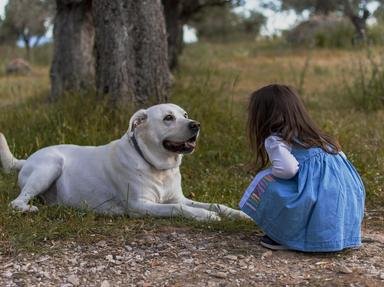Quiz Answer Key and Fun Facts
1. Are there any other living animals that are related to giraffes? Yes! Which of the following animals is the closest living relative of the modern day giraffe?
2. So giraffes live in Africa? What type of area in Africa do they live in?
3. It looks like drinking water is very difficult for giraffes. Don't worry! They do not need to drink very often.
4. What is that sticking out of a giraffe's head? Giraffes have projections on their heads called ossicones. Which of the following could be another term to use for these features?
5. Because they are so tall, giraffes are at the top of the food chain. They do not have to worry about any predators.
6. Look at the tall trees! Even a giraffe will have trouble reaching those leaves, won't he? Actually, aside from his long neck, in what other way can a giraffe reach the leaves?
7. Giraffes have two gaits for traveling. One of them is galloping. What is another?
8. The beautiful coat pattern of the giraffe is easily recognizable. Aside from providing camouflage, what other purpose do the patches have on the giraffe's coat?
9. Look over there! We see two giraffes necking! What is going on?
10. Do giraffes prefer to live in social groups?
Source: Author
ponycargirl
This quiz was reviewed by FunTrivia editor
NatalieW before going online.
Any errors found in FunTrivia content are routinely corrected through our feedback system.

